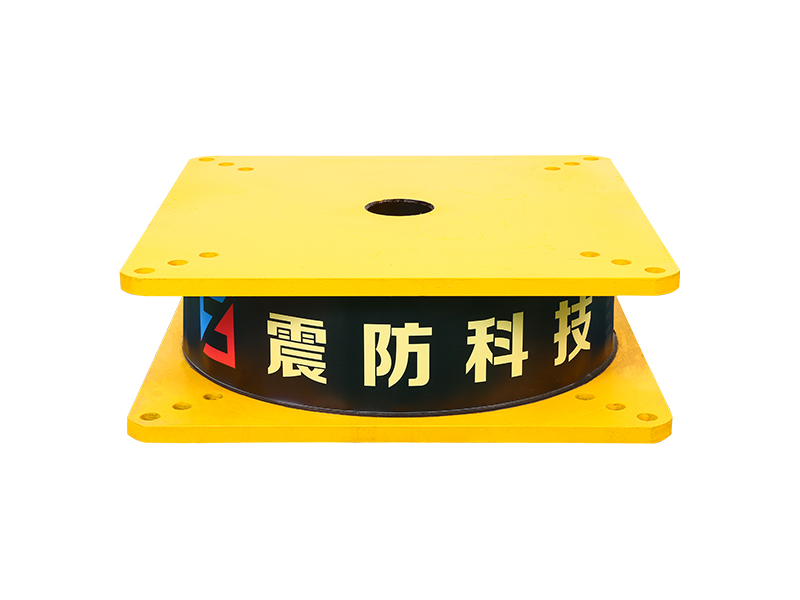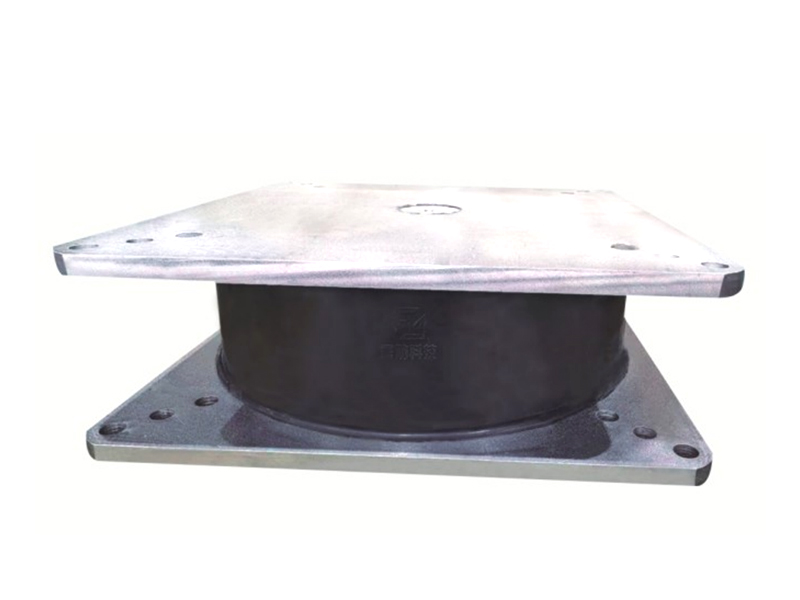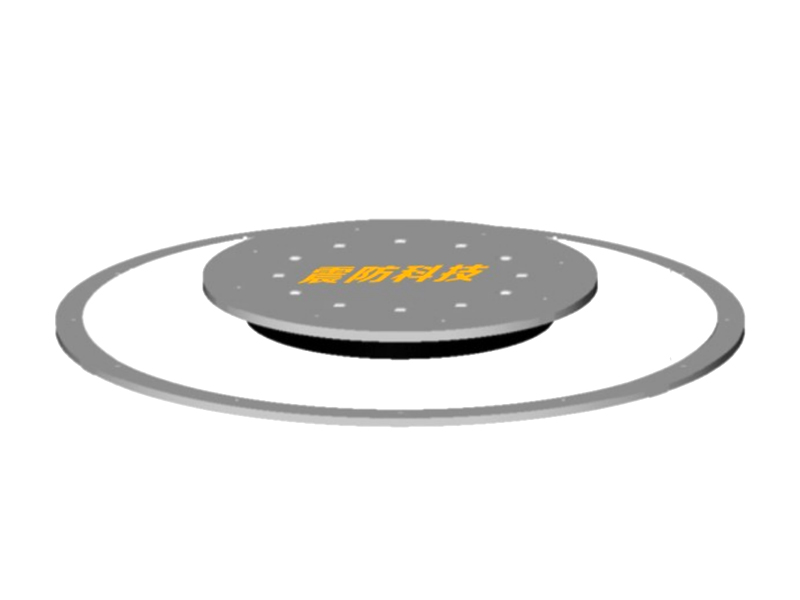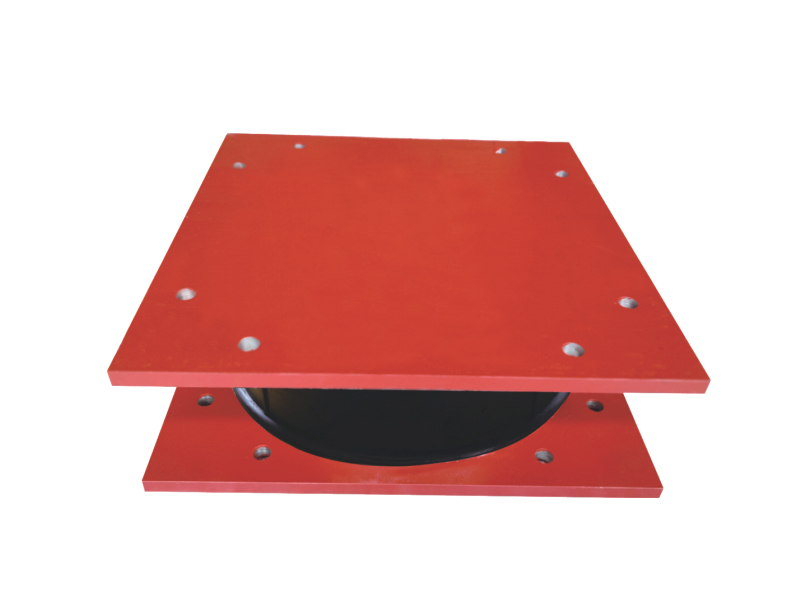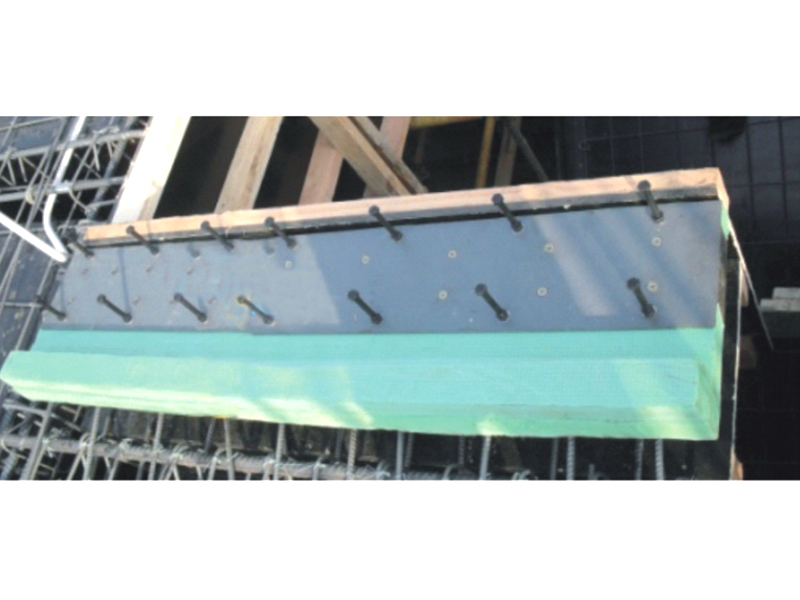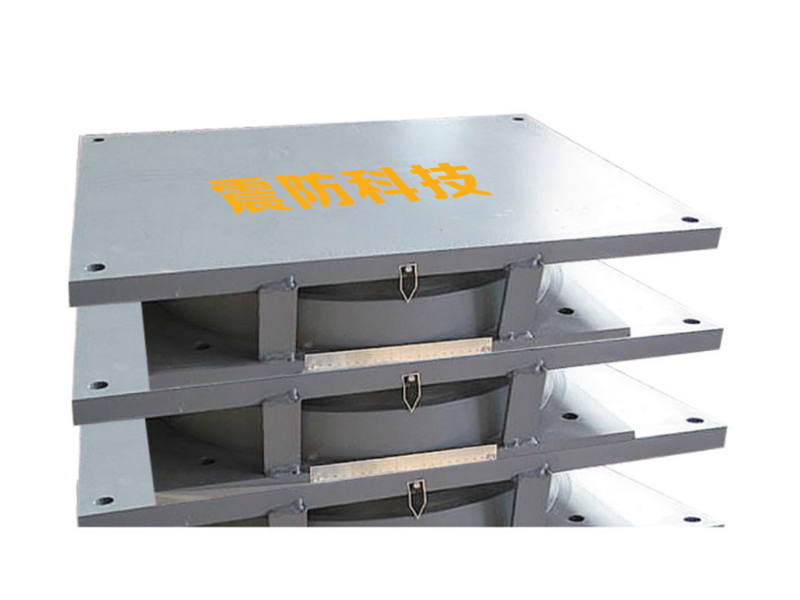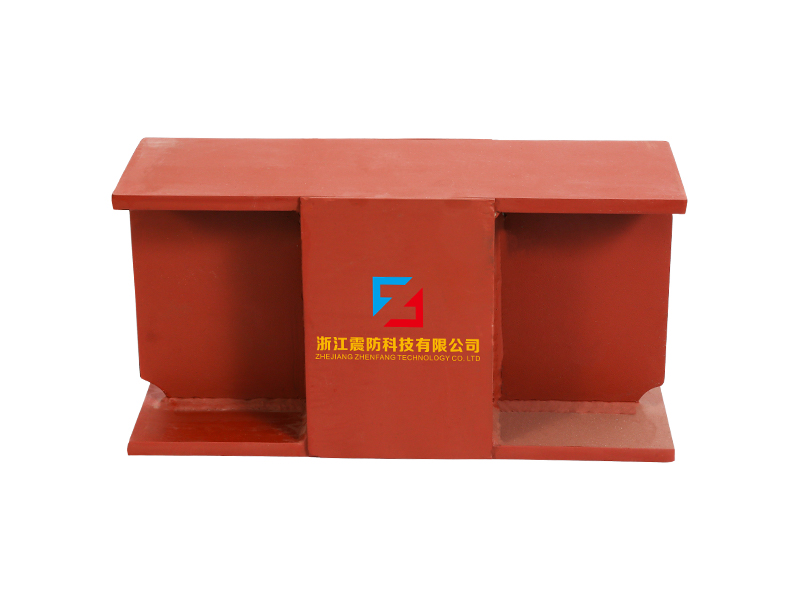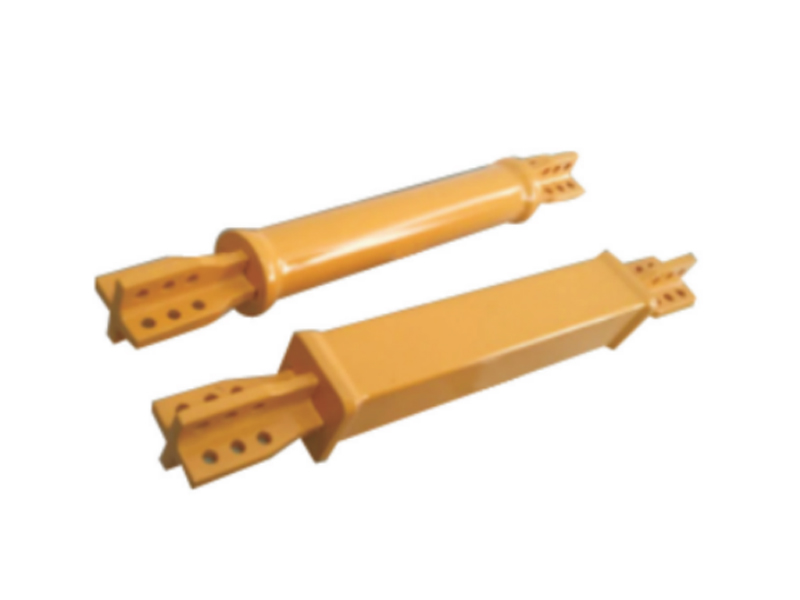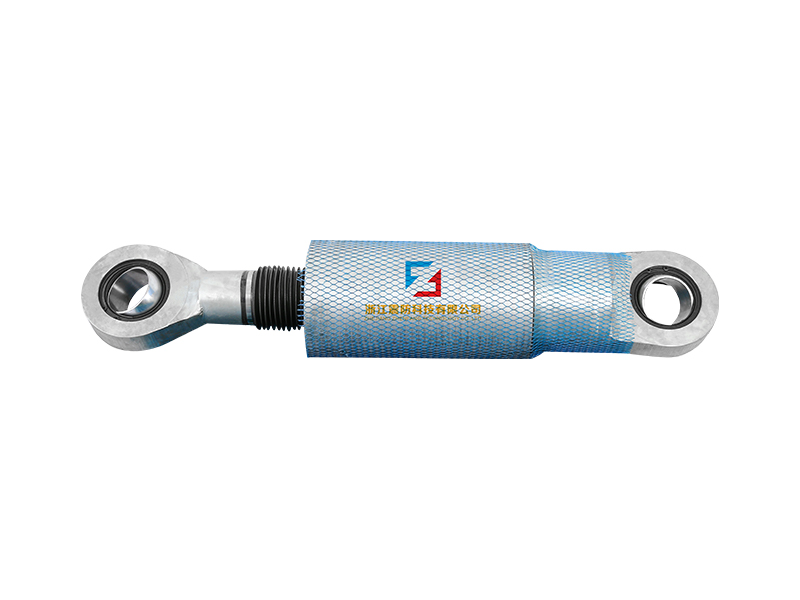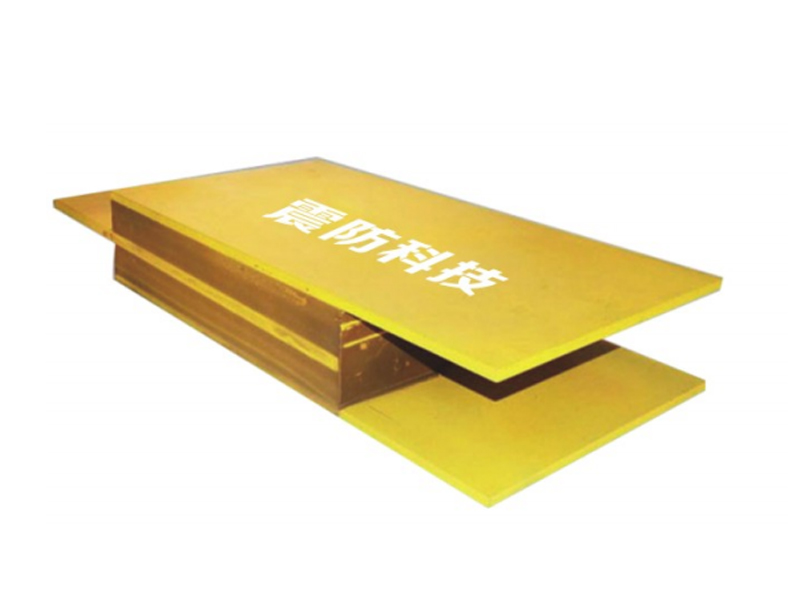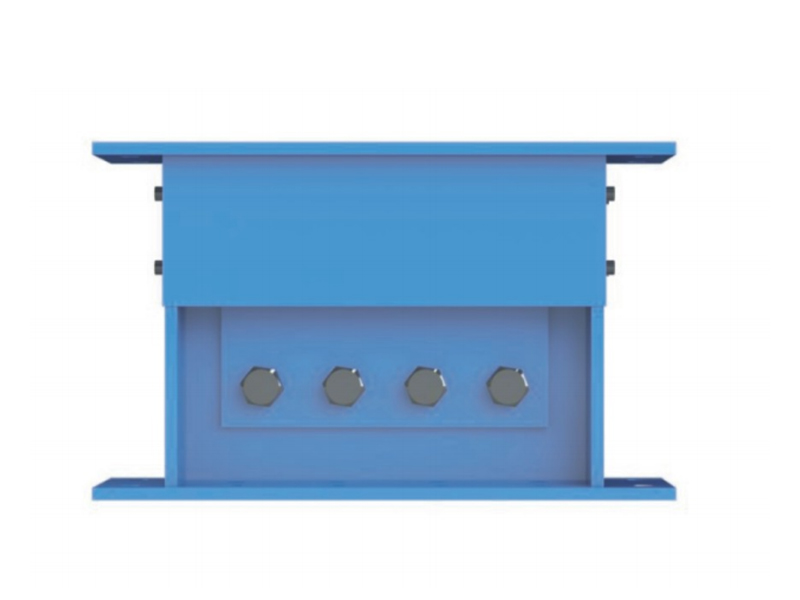The company has been adhering to the corporate tenet of "quality first, customer first", and sincerely welcomes domestic and foreign customers to visit and guide.
GET A QUOTEIn the realm of structural engineering, lead rubber bearing base isolation properties are making waves as a groundbreaking technology that promises to revolutionize seismic safety in buildings and infrastructure projects around the world. This innovative approach to seismic protection offers unparalleled advantages in mitigating the impact of earthquakes and enhancing the resilience of structures, marking a significant step forward in safeguarding lives and preserving critical infrastructure.
Lead rubber bearing base isolation, also known as LRBB, is a seismic isolation technique that involves installing flexible bearings made of layers of rubber and lead between a structure and its foundation. These bearings act as shock absorbers during seismic events, allowing the building to move independently of the ground motion caused by an earthquake. By decoupling the structure from the shaking ground, LRBB effectively reduces the transmission of seismic forces, minimizing damage and ensuring the safety of occupants.
"The properties of lead rubber bearing base isolation represent a game-changer in the field of seismic engineering," explained Dr. Sophia Martinez, a structural engineer specializing in earthquake-resistant design. "These bearings offer a unique combination of flexibility, damping, and load-bearing capacity, making them highly effective in protecting structures from the destructive forces of earthquakes."
One of the key properties of lead rubber bearing base isolation is its ability to dissipate seismic energy through damping. The rubber layers within the bearings deform under seismic loads, absorbing and dissipating energy in the form of heat. Meanwhile, the lead cores provide stability and support, ensuring that the structure remains intact even during intense seismic shaking.
"The damping properties of lead rubber bearing base isolation play a crucial role in reducing the amplitude and duration of seismic vibrations," noted Dr. Martinez. "This not only minimizes structural damage but also helps preserve the integrity of non-structural elements within the building, such as partitions, ceilings, and utilities."
Moreover, lead rubber bearing base isolation offers inherent flexibility, allowing structures to undergo significant displacements without sustaining damage. During an earthquake, the bearings allow the building to move laterally and vertically in response to ground motion, effectively isolating it from the seismic forces that would otherwise be transmitted through the foundation.
"The flexibility of lead rubber bearing base isolation enables structures to remain operational even after a major earthquake," emphasized Dr. Martinez. "This means that critical facilities such as hospitals, emergency response centers, and infrastructure hubs can continue to function, providing essential services to the community during times of crisis."
In addition to its seismic safety benefits, lead rubber bearing base isolation is also cost-effective compared to traditional seismic retrofitting methods. By reducing the need for extensive structural reinforcements, LRBB offers a cost-efficient solution for enhancing the earthquake resilience of existing buildings and infrastructure.
"The cost-effectiveness of lead rubber bearing base isolation makes it an attractive option for retrofitting older structures that were not originally designed to withstand seismic forces," explained civil engineer and LRBB specialist, Dr. Michael Johnson. "This technology allows building owners and infrastructure managers to upgrade their facilities to meet modern seismic safety standards without breaking the bank."
As cities in seismically active regions continue to grapple with the threat of earthquakes, lead rubber bearing base isolation emerges as a beacon of hope for enhancing resilience and mitigating risk. From iconic landmarks to critical infrastructure, LRBB offers a versatile and effective solution for safeguarding the built environment against the forces of nature.
"With lead rubber bearing base isolation, we have the opportunity to transform the way we approach seismic safety in our cities," remarked Dr. Martinez. "By harnessing the properties of LRBB, we can build a more resilient future where structures can withstand even the most powerful earthquakes, protecting lives and preserving our communities for generations to come."
